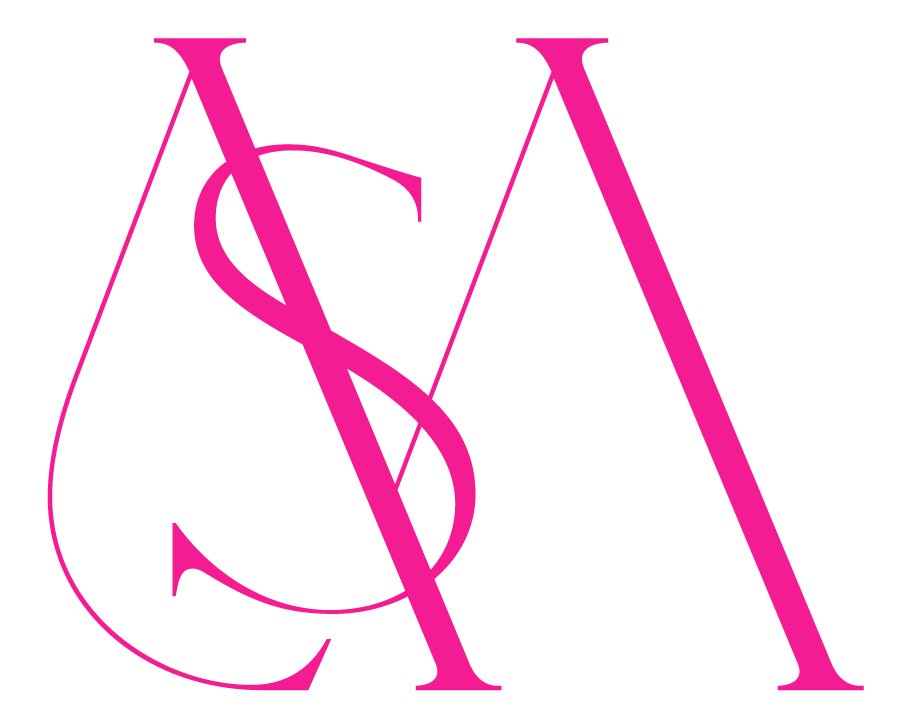Marina district, cow hollow, presidio and pacific heights spotlight
Lets talk about district 7, which is the Marina, Cow Hollow. Pacific and Presidio Heights. This district, these areas are super desirable, sought after, exclusive, and the priciest in all of San Francisco
Marina District
Borders:
Small area surrounded by Lombard St, Van Ness to Bay St and all the way to the water.
Brief history
After the devastating earthquake and subsequent fires in 1906, the Marina District was one of the areas where significant land reclamation efforts took place. Much of the district was built on reclaimed land from the San Francisco Bay.
The Marina District gained prominence during the Panama-Pacific International Exposition, a world's fair held in San Francisco to celebrate the completion of the Panama Canal and showcase the city's recovery from the earthquake. The Palace of Fine Arts, a grand structure built for the exposition, remains a prominent landmark in the district today.
In the years following the exposition, the Marina District experienced significant residential development. It became an attractive area for affluent residents due to its proximity to the waterfront and the scenic views of the bay.
During World War II, the Marina District was used for military purposes, including as a site for shipbuilding and repair. After the war, the area underwent further development, including the creation of Marina Green, a large park along the waterfront.
In the latter half of the 20th century, the Marina District underwent gentrification, attracting young professionals and families to its picturesque streets and vibrant atmosphere. This led to the emergence of trendy shops, restaurants, and nightlife venues, solidifying the district's reputation as a desirable place to live and visit in San Francisco.
We have the stunning Palace of fine arts (The Palace of Fine Arts is like the crown jewel of the Marina District. It's this stunning, Greco-Roman-style structure surrounded by a tranquil lagoon and beautiful gardens. Originally built for the 1915 Panama-Pacific Exposition)
Fort Mason.
Fort Mason was originally established as a military post in the mid-19th century, It was named after Richard Barnes Mason, a prominent military officer.
Fort Mason served various military purposes, including as a supply depot, troop barracks, and embarkation point for soldiers during World War II.
Today, Fort Mason is designated as a National Historic Landmark and is part of the Golden Gate National Recreation Area. It preserves and showcases the site's military history and architectural heritage.
Fort Mason has been transformed into a vibrant cultural center with a variety of amenities and attractions like art galleries, theaters
The Fort Mason complex includes several parks and open spaces, including the Great Meadow and the Marina Green
One of the most popular attractions at Fort Mason is the weekly farmers' market, held every Sunday.
Real Estate Sales from Jan 1 to April 16
Homes. 6
Most expensive $7,150,000
Least expensive $2,200,000
Condos 11
Most expensive $3,455,000
Least expensive $910,000
Tics 4
Most expensive $1,445,000
Least expensive $685,000
Buildings 1 vacant duplex for $2,905,000
Presidio heights
Borders
Pacific ave, Arguello, California St, and Lyon.
4 Facts
Presidio Heights gets its name from its proximity to the Presidio of San Francisco, a former military fort that's now a national park. You can still see remnants of its military past in the area.
Situated on a hill, Presidio Heights offers some of the most breathtaking views of the Golden Gate Bridge, the Marin Headlands, and the San Francisco Bay.
The neighborhood is renowned for its elegant, historic homes featuring a mix of architectural styles, including Spanish Revival, Mediterranean, and Victorian.
It's home to some of the city's top private schools, including the prestigious San Francisco University High School and The Hamlin School.
Noteworthy residence over the years
Nancy Pelosi: The former Speaker of the United States House of Representatives
Gordon Getty: As a prominent member of the Getty family, known for their oil wealth
Larry Ellison: The co-founder and former CEO of Oracle Corporation
George Lucas: The legendary filmmaker behind the Star Wars franchise
Dianne Feinstein: The former Mayor of San Francisco and current United States Senator
Real Estate Sales from Jan 1 to April 16
Homes 7
Most expensive $6,000,000
Least expensive $2,400,000
Condos 3
Most expensive $2,050,000
Least expensive $1,415,000
Tics 0
Buildings 0
Pacific Heights
Borders
Lyon, Green. California, and Van Ness
5 attractions
Alta Plaza Park and LaFayette Park
“Billionaires Row” on Broadway Street particularly between Lyon and Divisadero. This area has earned its nickname due to the high concentration of ultra-wealthy residents and luxurious mansions owned by some of the wealthiest individuals.
Fillmore Street:
Lyon Street Steps: These picturesque steps lead from Pacific Heights down to the Marina District, breathtaking views, and very steep steps. Perfect for a workout.
The Spreckels Mansion: This iconic mansion, also known as the "Danielle Steel House," is a landmark in Pacific Heights. While it's a private residence, you can admire its architecture from the outside.
Brief history
The neighborhood began to take shape in the late 19th century as San Francisco experienced rapid growth following the California Gold Rush. Wealthy entrepreneurs and professionals built grand homes in Pacific Heights, leading to the development of elegant mansions and Victorian residences.
Pacific Heights became known for its architectural diversity, with homes showcasing a range of styles, including Victorian, Edwardian, Beaux-Arts, and Spanish Revival. Prominent architects of the time were Willis Polk and Julia Morgan
In the latter half of the 20th century, Pacific Heights faced challenges related to urban development and preservation. Efforts were made to protect the neighborhood's historic character, leading to the designation of several areas as “historic districts” and the preservation of landmarks and homes.
Real Estate Sales from Jan 1 to April 16
Homes 13
Most expensive $9,300,000
Least expensive $3,300,000
Condos 29
Most expensive $7,600,000
Least expensive $685,000
Tics 3
Most expensive $2,550,000
Least expensive $975,000
Buildings 3
Most expensive $4,625,000
Least expensive $2,275,000
Cow Hollow
Borders
Van Ness to Lyon, Lombard to Green St
Brief History
In the mid-19th century, Cow Hollow was a sparsely populated area characterized by rolling hills and grassy meadows. It was named for the dairy farms that once occupied the area, where cows grazed on the grassy slopes.
As San Francisco experienced rapid growth during the Gold Rush era, Cow Hollow began to urbanize. Residential development expanded, and the neighborhood became home to working-class families, immigrants, and laborers.
Like many areas of San Francisco, Cow Hollow underwent significant reclamation projects in the late 19th and early 20th centuries. Landfill was used to fill in marshy areas and expand the neighborhood's footprint, creating more space for development.
During the late 19th and early 20th centuries, Cow Hollow saw a boom in residential construction, particularly Victorian and Edwardian homes. Many of these historic buildings still stand today, adding to the neighborhood's charm and character.
Preservation Efforts: In the latter half of the 20th century, Cow Hollow, like many historic neighborhoods in San Francisco, faced challenges related to urban development and preservation. However, efforts were made to protect the neighborhood's historic character, including the designation of several areas as historic districts.
A few attractions
Haas-Lilienthal House: Located on Franklin Street, this Victorian mansion is a well-preserved example of Queen Anne-style architecture. It serves as a museum showcasing late 19th-century life in San Francisco and offers guided tours to visitors.
Atherton House: Also known as the Octagon House, this historic landmark on Gough Street is one of the few remaining octagonal buildings in San Francisco. It was built in 1853 and is now a museum open to the public.
Union Street: While not a single landmark, Union Street is a notable commercial corridor in Cow Hollow, known for its trendy shops, cafes, and restaurants. It's a popular destination for shopping and dining, attracting locals and visitors alike.
Real Estate Sales from Jan 1 to April 16
Homes 5
Most expensive $8,050,000
Least expensive $2,530,000
Condos 10
Most expensive $3,475,000
Least expensive $490,000
Tics 1.at $895,000
Buildings.
Most expensive $4,200,000
Least expensive $1,920,000
The Presidio.
We cannot forget this national park
Military History: It was once a military post, established by Spanish settlers in 1776, making it one of the oldest military installations in the United States.
Gorgeous Views: You get stunning views of the Golden Gate Bridge, San Francisco Bay, and the Pacific Ocean from various vantage points in the park.
National Historic Landmark: Presidio Park became a National Historic Landmark in 1962 due to its significant military history and beautiful landscapes.
Nature Oasis: It's not just about history; the park offers about 24 miles of hiking trails, scenic picnic spots, and diverse wildlife.
Cultural Hub: You'll find cultural attractions like the Walt Disney Family Museum and the Presidio Officers' Club within its bounds.
Sustainable Practices: Presidio Park is known for its commitment to sustainability, with efforts to preserve its natural beauty while promoting eco-friendly practices.
Community Space: Locals and tourists alike enjoy the park for recreation, relaxation, and attending events like outdoor concerts and festivals.

